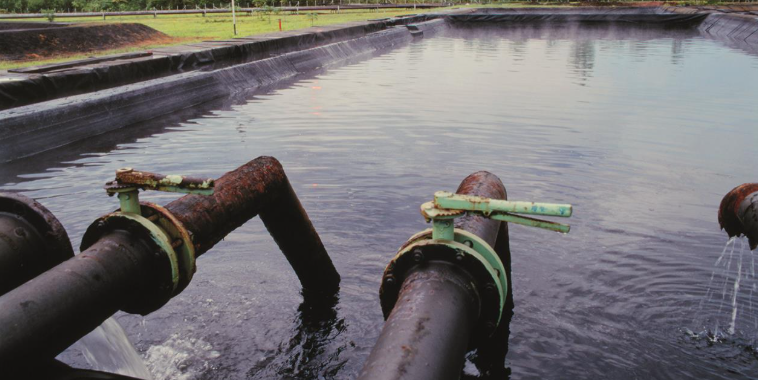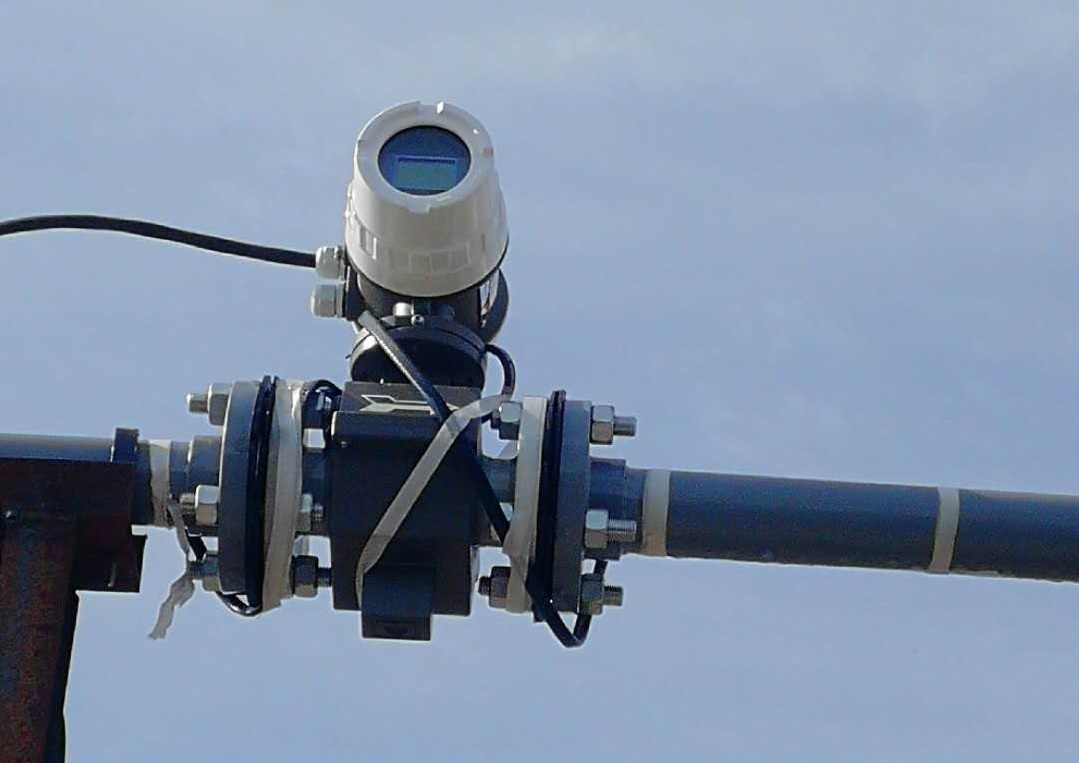In oil and gas production, produced water is one of the largest by-products. It is the water that comes out of the well together with crude oil and natural gas. This water often contains a mix of formation water, injection water, salts, oil droplets, and chemicals. Measuring the flow of produced water accurately is essential for managing resources, meeting environmental regulations, and improving operational efficiency. That’s where a produced water flow meter becomes an important instrument in oilfield operations.

A produced water flow meter is a device used to measure the amount of water separated from oil and gas streams during production. This water is often sent for treatment, reinjection, or disposal. By installing flow meters at key points—such as separator outlets, treatment pipelines, and reinjection systems—operators can monitor the water production rate in real time.
The data collected by flow meters helps oilfield engineers understand the water-to-oil ratio, detect leaks or process losses, and verify separation efficiency. Without accurate flow data, it’s almost impossible to know how much produced water is being handled daily or how effectively the separation systems are performing.

Produced Water Flow Measurement
Produced water is not just a by-product—it represents a significant part of the oilfield operation. In many mature wells, the volume of produced water can be several times greater than the volume of oil. Monitoring produced water flow has several benefits:
However, measuring produced water is not as easy as measuring clean water due to its complex composition.
Produced water often contains oil droplets, suspended solids, and gas bubbles, which make it a two-phase or multiphase fluid. It can also be corrosive, depending on the salt and chemical content. These factors introduce several challenges:
Therefore, selecting the right flow meter technology depends on the condition of the produced water and the installation environment.
An electromagnetic flow meter (mag meter) is widely used for measuring conductive liquids such as produced water. It works based on Faraday’s law of electromagnetic induction, where the movement of a conductive fluid through a magnetic field generates a voltage proportional to the flow rate.
Advantages:
Limitations:
For treated or separated produced water, electromagnetic flow meters offer a cost-effective and low-maintenance solution.
The Coriolis flow meter measures mass flow directly by detecting the deflection of vibrating tubes as fluid passes through. It is one of the most accurate technologies available for produced water, especially when density information is also required.
Advantages:
Limitations:
Coriolis meters are best suited for custody transfer, process control, and critical flow measurement points where precision is key.
When the produced water contains entrained gas, oil droplets, or solids, a Doppler ultrasonic flow meter can be a practical choice. This meter sends an ultrasonic signal into the fluid and measures the frequency shift (Doppler effect) caused by particles or bubbles moving with the flow.
Advantages:
Limitations:
Doppler ultrasonic flow meters are ideal for wastewater, produced water with suspended solids, and temporary flow monitoring.
When selecting a flow meter for produced water, engineers must consider several factors:
In general:
Produced water flow measurement is a key part of modern oilfield management. Accurate flow data helps companies track production, manage water treatment, and meet environmental obligations. By understanding the fluid conditions and selecting the right flow meter technology—Electromagnetic, Coriolis, or Doppler Ultrasonic—operators can ensure reliable performance and consistent data quality.
Choosing the proper produced water flow meter not only improves efficiency but also helps reduce operational risks, minimize losses, and support sustainable oilfield water management.